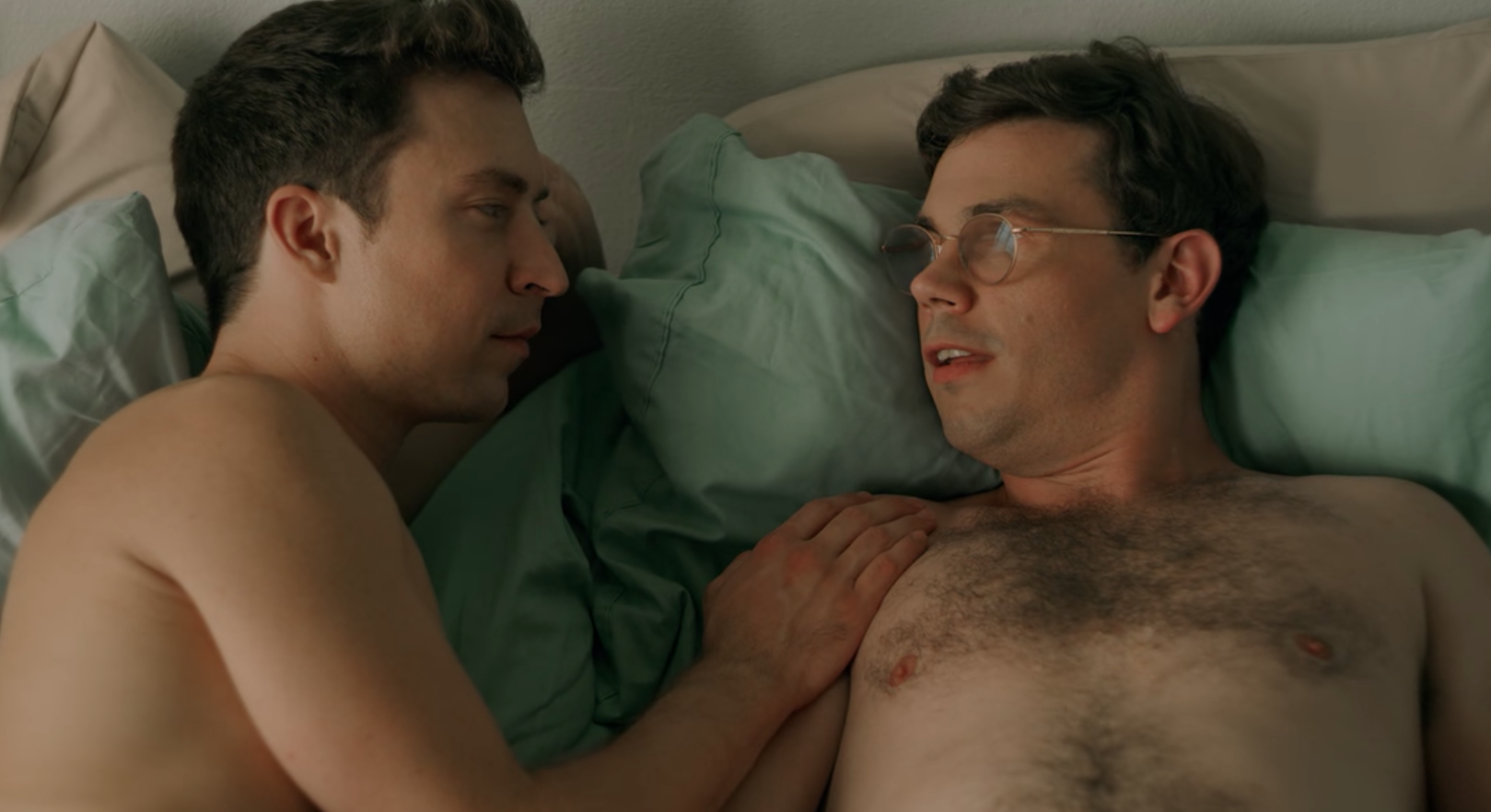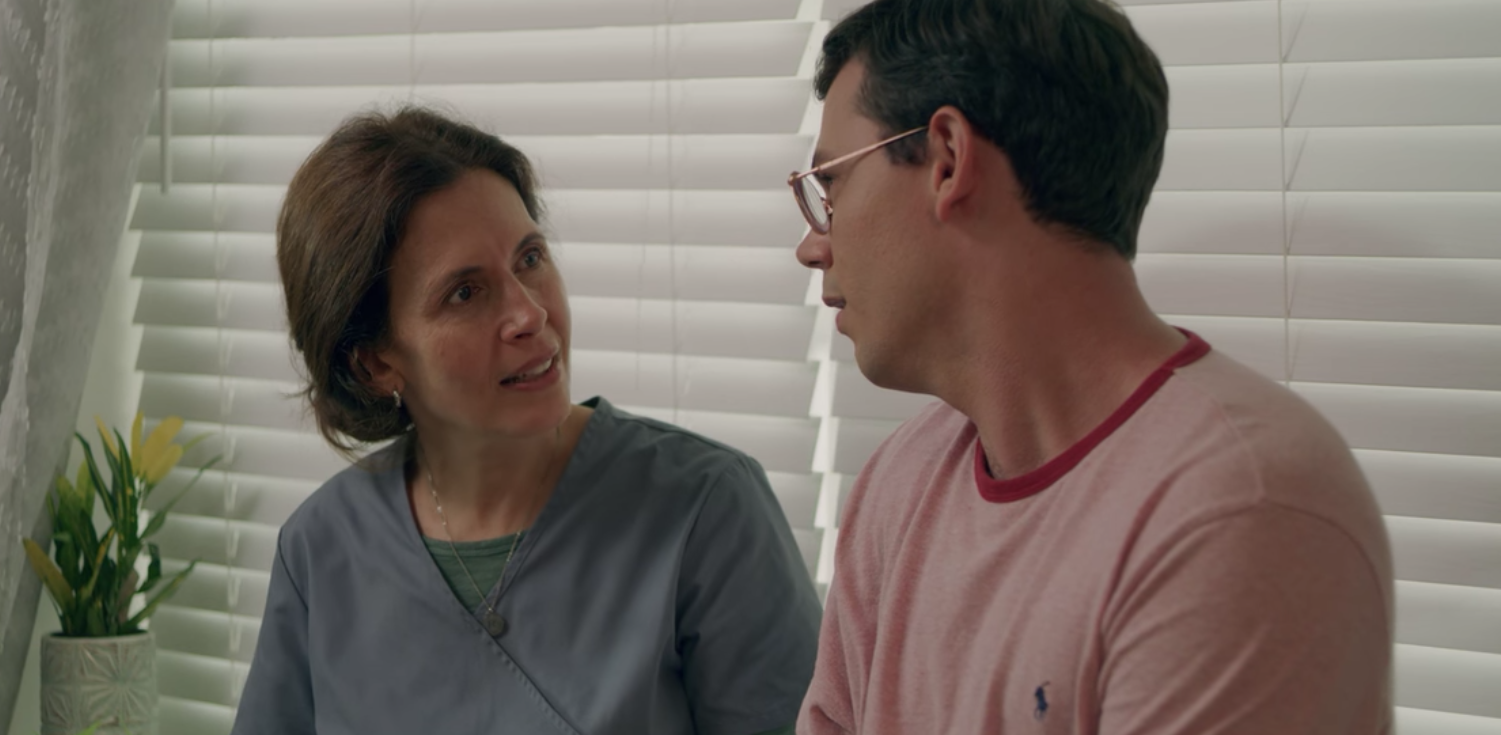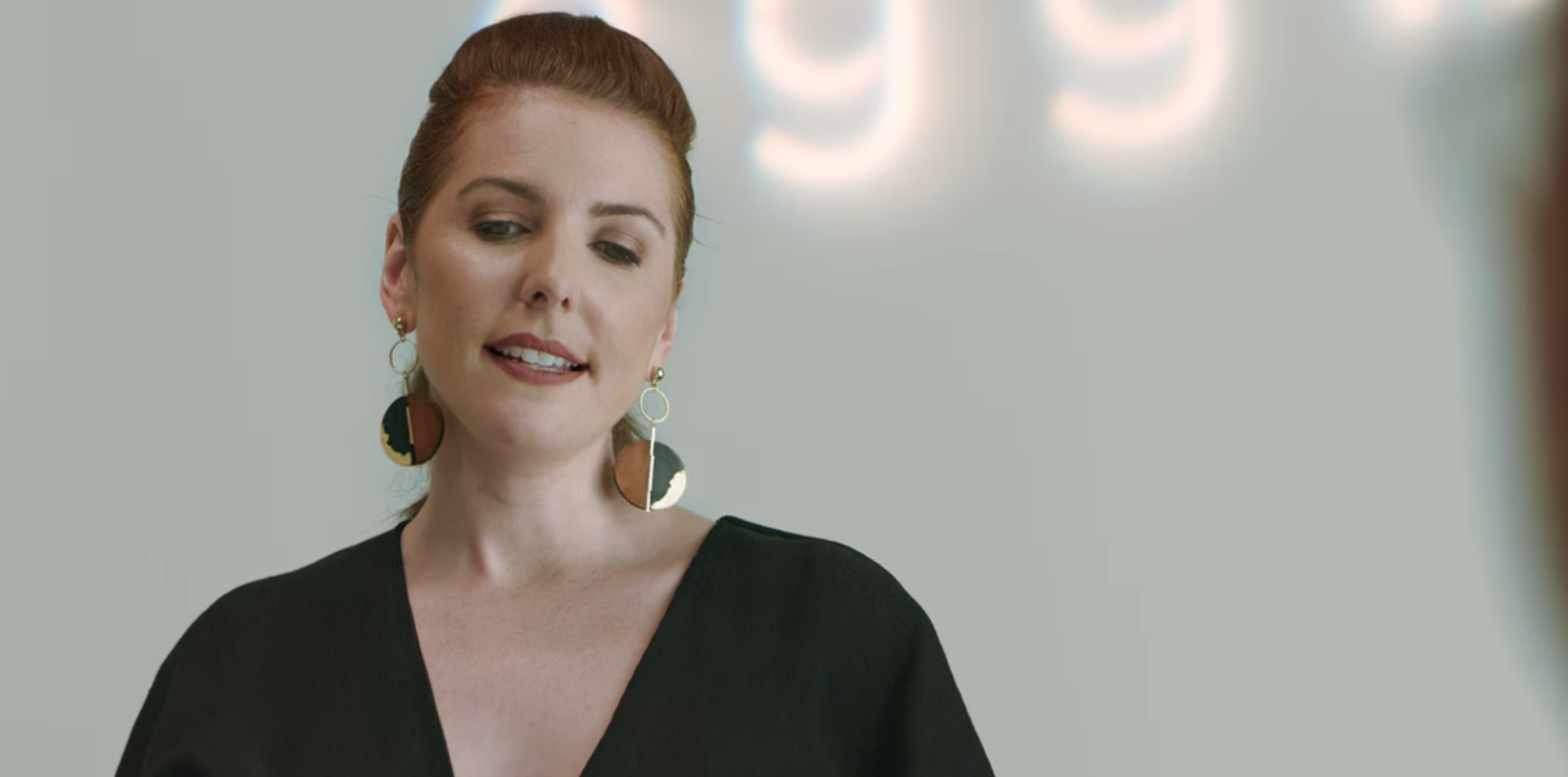In an era of peak TV and endless streaming options, in order for a new show to stand out, it has to be, well, special.
And Special, which premiered on Netflix April 12, is just that. Based on writer, actor and show producer Ryan O’Connell’s memoir I’m Special: And Other Lies We Tell Ourselves, the eight-episode series immediately stole the hearts of viewers. It’s funny, it’s poignant, it’s honest and it’s totally binge-worthy with each episode clocking in from 14 to 17 minutes.
The show revolves around Ryan Hayes, a gay millennial with mild cerebral palsy who decides to rewrite his identity after being hit by a car. It’s a simple story but one that makes big statements about representation and self-acceptance. If you’re not on the Special train yet, here are five reasons to get on board.
(Also: some spoilers ahead.)
1. The show’s bumping with inclusion
There have been a number of recent shows and movies featuring characters with disabilities such as Atypical and The Good Doctor. But according to a 2016 study, 95 percent of characters with disabilities on television are played by able-bodied actors.
In Special, Ryan is played by O’Connell himself. In an interview with NBC, O’Connell says “he hopes Special changes the conversation surrounding people living with disabilities and provides visibility for the estimated 61 million Americans who identify as having a disability.”
He also told The Wrap that he actively sought out LGBTQ2 actors to play LGBTQ2 roles: “Is that because I think straight people can’t play gay? No. But I know a lot of talented gay actors that don’t have the same opportunities as straight actors because they’re gay and that’s just the world we live in. Hollywood loves to profit off the pain of marginalized people without giving us any opportunity.”
2. Speaking of representation . . . let’s talk about that sex scene

Credit: Courtesy Netflix
In an interview with Teen Vogue, O’Connell says Special has a graphic sex scene because he’s never seen gay sex portrayed on screen before: “I’m genuinely confused as to why gay sex has not been given the Girls treatment. I feel like when I watched Girls, I was watching sex scenes I had never seen before. The sex in those scenes was how I understood sex to be, which was sometimes awkward or humiliating, but also sexy . . . then when I saw Call Me by Your Name and they panned away to the moon, I felt so fucking cheated. It was honestly so offensive to me.”
Ryan is a virgin and his friend, Kim Laghari (Punam Patel), puts him in contact with a sex worker. Their encounter was executed with sensitivity and class.
That beautiful fantastic sex worker scene in @ryanoconn’s Special on Netflix was so well done. Presenting sex workers as a vital and important part of a community of healers for people with disability was wonderful and meaningful. I appreciate that.
— Danny Ramadan (@DannySeesIt) April 14, 2019
In the Daily Beast, Kevin Fallon called it “the best sex scene” he’s ever seen on TV. “It’s not graphic or gratuitous, but frank and sensitive. There’s nothing salacious or editorially sexy about it in the way that so many TV shows filter sex. It shows the mechanics, the discomfort, and mutual respect involved in two men having sex — something that is never shown on screen and certainly not in a TV show that’s meant to be heartwarming.”
O’Connell, in Teen Vogue, says, “I don’t want to make things for the straight audience. I don’t care about dulling the edges of the gay experience so straight people can consume it. I want to make gay shit, and I want to make gay shit for gay people. I felt like having a gay sex scene that was how I’d experienced gay sex and how my friends had experienced gay sex. It felt like a no-brainer. How else would I depict it?”
3. The nuanced portrayal of a mother-son relationship

Credit: Courtesy Netflix
Ryan’s relationship with his mom, Karen (Jessica Hecht), is complex. The two have a bond that is at once deeply loving and also co-dependent. The series explores their bumpy road to building a new connection after Ryan moves out and Karen starts dating her new neighbour (and total daddy) Phil (Patrick Fabian).
4. Maybe the next gay icon?

Credit: Courtesy Netflix
What is this list without mentioning Olivia, the editor of a click-baity website called Eggwoke? Olivia, played by Marla Mindelle, is Ryan’s boss who cares more about website traffic than people. She’s bitchy, self-centred and sassy but also provides a caricature of a horrible boss that gay people love to stan.
Think: Regina George gets a job as an editor and ran out of shits to give. Instead of backstabbing, she says “you suck” — to your face.
5. But above all Special is worth it because it shows the power of love
Okay, maybe that’s cheesy.
But ultimately, Special is worth watching because it’s a sweet show that depicts love in all its forms. Ryan’s journey toward loving himself, Karen’s love for Ryan, Kim’s friendship with Ryan, and god, even Olivia to herself and her job.
It’s a show that assures you it’s okay to be human because maybe, by embracing life in all its weirdness and imperfections, you’re actually doing something important — something special.


 Why you can trust Xtra
Why you can trust Xtra


